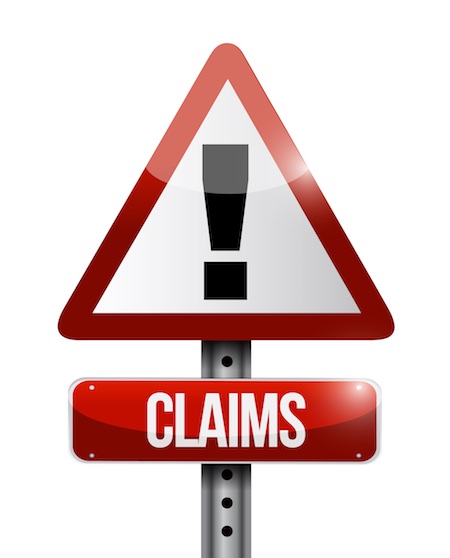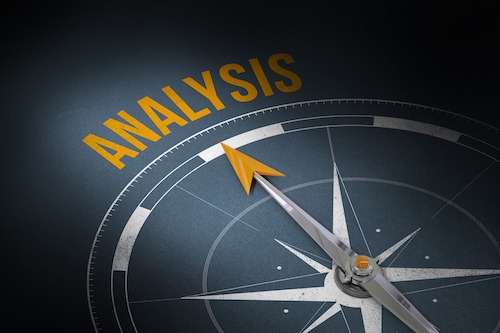Inferential Claiming in Patents: A Comprehensive Guide
“Inferential claiming is a strategic tool in patent drafting that, when used effectively, can provide broad and flexible protection for an invention.”
In patent law, claims define the scope of an invention and determine the extent of the patent protection granted. They Among various types of claims, inferential claims hold a significant yet often overlooked position.
What is Inferential Claiming?
Inferential claiming refers to a method of drafting patent claims where the existence or operation of a feature is implied rather than explicitly stated. In These claims hinge on what a person of ordinary skill in the art would reasonably infer from the claims’ language.
For example, in an inferential claim for a machine, rather than explicitly listing every individual component, the claim may describe the machine’s overall function, thereby implying the presence of necessary elements that enable that function.
Characteristics of Inferential Claims
- Implied Features: The claims suggest certain elements or steps without directly mentioning them. This implication is often drawn from the context or functionality described in the claims.
- Functional Language: Inferential claims frequently use functional language to define what the invention does rather than explicitly detailing how it does it.
- Broad Scope: Because these claims do not explicitly enumerate every aspect of the invention, they can potentially offer broader protection, covering a wider range of embodiments.
- Ambiguity: The inferential nature can lead to ambiguity, which might be advantageous or disadvantageous depending on the context.
Strategic Use of Inferential Claims
- Simplification of Claims: Inferential claims can simplify the language, making the claims easier to read and potentially more robust against technical challenges.
- Broader Interpretation: By implying rather than explicitly stating, these claims can be interpreted more broadly, which can deter competitors from designing around the claims easily.
- Flexibility in Enforcement: Inferential claims provide more flexibility when enforcing patent rights, as they can cover variations of the invention that were not explicitly disclosed but can be reasonably inferred.
- Avoiding Specific Prior Art: By not explicitly stating certain features, inferential claims can avoid specific prior art references that might otherwise be used to invalidate a patent.
Drafting Inferential Claims: Best Practices
- Identify Core Functionality: Focus on the essential functionality of the invention. Focus This helps in broadening the scope of the claim.
- Clarity and Support in Specification: Ensure that the specification provides adequate support for the inferred features. This helps in defending the claim’s validity by demonstrating that a person skilled in the art could reasonably infer the missing details.
- Balance with Explicit Claims: Use a mix of explicit and inferential claims to create a robust claim set. Explicit claims provide clarity and specificity, while inferential claims offer breadth.
- Anticipate Potential Infringement Arguments: Consider how competitors might interpret the inferential claims and draft the claims to minimize the risk of unintended interpretations that could limit enforcement.
- Advantages of Inferential ClaimsBroader Scope of Protection:
Inferential claims can potentially cover a wider range of embodiments and variations, providing stronger protection against infringement.
- Flexibility in Claim Interpretation: They allow for a more flexible interpretation, which can be beneficial in litigation or when responding to infringement challenges.
- Simplicity in Claim Drafting: Inferential claims reduce the need for detailed descriptions, making them easier to draft and potentially less prone to technical challenges.
- Avoidance of Prior Art: By avoiding explicit details, inferential claims can steer clear of prior art that might otherwise render the claim invalid.
- Disadvantages of Inferential ClaimsAmbiguity and Uncertainty:
The inherent ambiguity can lead to challenges in claim interpretation, making enforcement more difficult.
- Risk of Invalidity: If the inference is not adequately supported by the specification, the claims may be found invalid for lack of written description or enablement.
- Potential for Narrower Interpretation: In some cases, courts or patent examiners might interpret inferential claims narrowly, reducing the intended scope of protection.
- Challenge in Prosecution: Patent examiners may reject inferential claims as being indefinite or unclear, leading to prolonged prosecution and potentially requiring amendments that narrow the claims.
- Case Law on Inferential ClaimingOne of the foundational principles in patent claim drafting, especially for mechanical apparatus claims, is to avoid inferential claiming, particularly when introducing a new element within the description of another element. In The Patent Trial and Appeal Board (PTAB) reinforced this lesson in the case of Ex parte Joseph L. Sullivan, Appeal 2014-005800 (PTAB June 22, 2016).
Case Overview: Ex parte Joseph L. Sullivan
Claim Language:
The claim at issue included the phrase “a defibrillation port for guiding via electrodes the stored external charge to a person.” The Examiner rejected this language as indefinite under 35 U.S.C. SS 112, second paragraph.
- Examiner’s Rejection: The Examiner argued that the phrase “guiding via electrodes” was indefinite because it was inferentially included, and it was unclear if the applicant was positively or functionally reciting the element. The Examiner also noted that the claim did not specifically state the role of the electrodes before relying on them for the defibrillation port’s function.
- PTAB Decision: The Appellant appealed the rejection, but the PTAB upheld the Examiner’s decision, agreeing that the claim language “a defibrillation port for guiding via electrodes” inferentially recited a structural element. The PTAB found that this led to uncertainty about whether the “electrodes” were part of the claimed apparatus, especially since the term was introduced amidst functional recitations detailing the function of another structural element.
- Lesson from the Case: The PTAB highlighted that the introduction of an element in the middle of a functional recitation of another element can render the claim scope vague. This decision underscores the importance of avoiding unintentional inferential claiming, particularly in apparatus claims, to prevent potential issues of indefiniteness.
- Lessons for PracticeAvoid Unintentional Inferential Claiming
: In apparatus claims, inferentially claimed elements can lead to indefiniteness. When drafting apparatus claims, careful word-smithing can often eliminate the need for inferential claims and the associated risks of ambiguous claim interpretation.
Be Deliberate with Functional Language: While functional language has its place, ensure that each structural element’s role is clearly and explicitly defined within the claim to avoid uncertainty about whether the element is positively recited.
- Reference Established Guidance: For further insights and strategies on avoiding inferential claiming, resources like Faber on Mechanics of Patent Claim Drafting, Seventh Edition SS 3:3 provide additional discussion and best practices.
- Practical ConsiderationsProsecution Strategy:
During patent prosecution, be prepared to defend the scope of inferential claims against rejections based on indefiniteness or lack of support in the specification.
- Litigation Strategy: In litigation, inferential claims can be a double-edged sword. While they provide flexibility, they also open the door to challenges based on ambiguous language or unsupported inferences.
- International Considerations: Be aware of differences in claim interpretation standards in various jurisdictions. Some patent offices may be less receptive to inferential claims, necessitating adjustments to the claim language.
- Patent Examiner Engagement: Engage with patent examiners to clearly explain the inferred elements and ensure that the claims are sufficiently supported by the specification.
- A Careful BalanceInferential claiming is a strategic tool in patent drafting that, when used effectively, can provide broad and flexible protection for an invention. It By understanding the nuances of inferential claims and learning from key case law, patent practitioners can better navigate the complexities of patent law, ensuring robust and enforceable patent protection.
Final Thoughts
While inferential claims offer unique advantages, they are not without risks. Practitioner By mastering the art of inferential claiming and being aware of the legal landscape, patent drafters can better protect innovations in an ever-evolving technological environment.
Image Source: Deposit Photos
Author: alexmillos
Image ID: 53536737
Devashish Agarwal
De He






